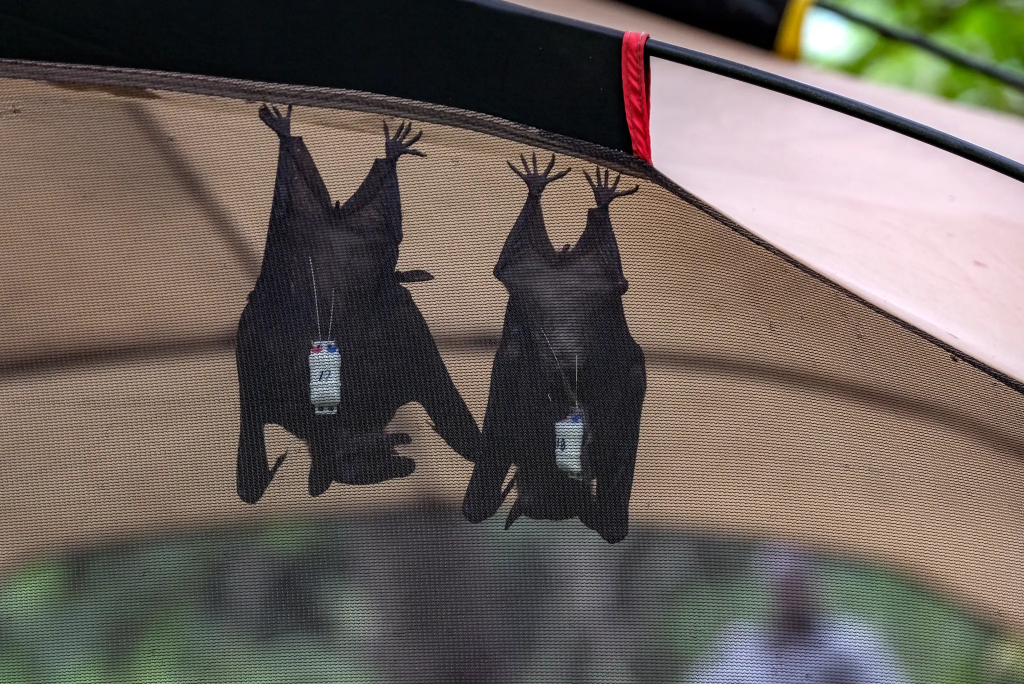Researchers in China have made a significant discovery at the Wuhan Institute of Virology that could reshape our understanding of emerging viral threats. A new coronavirus—named HKU5-CoV-2—has been identified in bat populations, raising questions about the potential for animal-to-human transmission and what the coronavirus might mean for future outbreaks, including a possible coronavirus 2025 scenario.
What Is Coronavirus?
Coronaviruses are a large family of viruses that cause illnesses ranging from the common cold to more severe diseases like SARS, MERS, and COVID-19. When people ask, “what is coronavirus?” the answer is that these viruses can infect both animals and humans, but only a few have the ability to jump species and cause widespread disease. SARS-CoV-2, for example, is responsible for the COVID-19 pandemic that emerged in late 2019. The new virus discovered, HKU5-CoV-2, belongs to the same lineage as MERS, yet its potential for human infection remains under close scrutiny.

Discovery of HKU5-CoV-2 in Wuhan
The study, recently published in the scientific journal Cell, reports that researchers at the Wuhan Institute of Virology have uncovered HKU5-CoV-2 in bat samples collected from China. Led by the well-known virologist Dr. Shi Zhengli—often called the “Batwoman” for her extensive research on bat viruses—the investigation revealed that this new coronavirus discovered in bats uses the same human receptor, ACE2, that SARS-CoV-2 employs to infect cells.

According to the study, HKU5-CoV-2 contains a furin cleavage site that facilitates its entry into cells. Laboratory experiments showed that the virus can infect human cell lines with high ACE2 expression, as well as models of human intestinal and respiratory tissues. Although this ability raises concerns about zoonotic spillover, no human infections have been reported so far.
Potential Risk and Human Transmission
Despite its similarities to SARS-CoV-2, researchers emphasize that HKU5-CoV-2 has a significantly lower binding affinity to the human ACE2 receptor. This suggests that while the virus carries a theoretical risk of animal-to-human transmission, its current potential to spread widely among humans is limited. Monoclonal antibodies and antiviral drugs that target similar viruses have already been identified, providing a starting point for developing countermeasures if needed.
Experts like Dr. Michael Osterholm from the University of Minnesota have commented on the study, cautioning that the reaction to this discovery may be “overblown.” He noted that increased population immunity to SARS-like viruses—developed during the COVID-19 pandemic—could further reduce the risk of HKU5-CoV-2 evolving into a major public health threat.
Can We Expect Coronavirus 2025 Outbreak?
The discovery of HKU5-CoV-2 has reignited discussions about what the coronavirus could mean for coronavirus 2025. Although the virus currently does not have the same human-to-human transmission efficiency as SARS-CoV-2, its identification serves as a stark reminder of the ever-present risk posed by zoonotic pathogens. Continuous monitoring of bat coronaviruses is essential to preemptively identify any changes that might increase their pandemic potential.
The study underscores the need for enhanced global surveillance and research. With the possibility that HKU5-CoV-2 or a similar virus could adapt for efficient human transmission in the future, public health authorities are urged to prepare for emerging threats through rapid response strategies and improved vaccine platforms.
Controversies of Ongoing Research
The Wuhan Institute of Virology has long been at the center of debates over the origins of COVID-19, with some theories suggesting that the virus may have leaked from the lab. While this new study does not directly address these controversies, the fact that HKU5-CoV-2 was discovered in the same facility adds another layer of complexity to the discussion. Dr. Shi Zhengli and her team maintain that the virus emerged naturally, though definitive evidence regarding the origins of COVID-19 remains elusive.
Moreover, the discovery of HKU5-CoV-2 highlights the broader issue of wildlife-human interactions and the risks associated with zoonotic diseases. The findings call for stricter protocols in monitoring viral evolution in wildlife, especially in regions known for high biodiversity and frequent human-animal contact.


